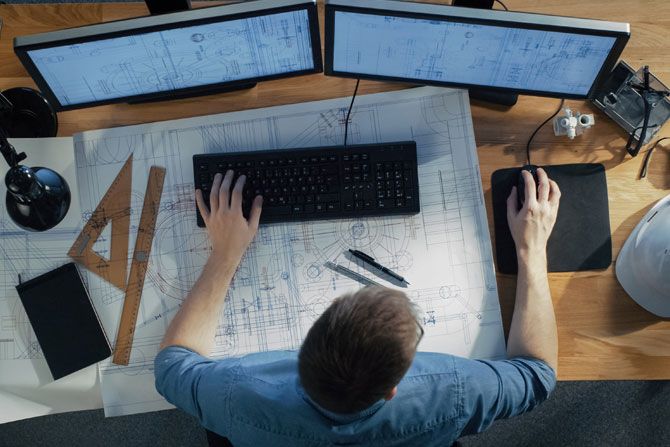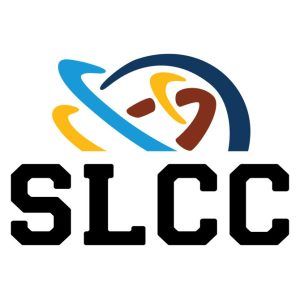“It makes good sense if your budget is tight; there is a cost saving on tuition in starting with SLCC. You go to SLCC for two years, then a clean transfer into the U of U program. The teachers at SLCC were very approachable and attentive and have a good grasp of teaching technical skills needed for the profession. For example, I found that I had more knowledge in technical aspects such as AutoCAD software and other things than my peers at U of U who did not transfer from SLCC. I recommend it as a great pathway and an important part of the architectural education providers in the valley.”
~Phil Haderlie, AIA, LEED
At SLCC, architecture students enjoy creative problem-solving, drawing, digital designs, and collaboration related to the AEC (Architecture, Engineering, and Construction) industry as well as the history and practice of architecture. Students take challenging classes, receive critiques to expand their vision, are encouraged to work outside of their comfort zone and will create meticulously crafted projects.
Within SLCC’s program is a wide range of interests bound together by a common duty to protect the public’s health, safety, and welfare within a built environment. They utilize traditional analog and current state-of-the-art digital technologies to provide students with the foundational skills necessary to enter the workforce or successfully transfer to a four-year college or university.
The Architecture program assists students in preparation for a transfer to a four-year university or career in the broad field of AEC with our AS and AAS degrees. The AS in Architectural Technology is a program that has been specifically designed to be an integral part of the Bachelor’s Degree in Architecture and is transferable to the University of Utah through an articulation agreement with the School of Architecture. Students who plan to transfer to the University of Utah should make contact with the School of Architecture Department early in their program.
Students entering SLCC or the U of U have the opportunity to complete the same program in the same number of years. Students begin with Design Foundations, three courses combining thinking and doing with seeing and representing. Simultaneously, students take a broad range of courses, including learning about the history and practice of design, the social and ecological impact of the built environment, and getting,first-hand experience with industry design tools creating opportunities for students to be hired within the field during school.







